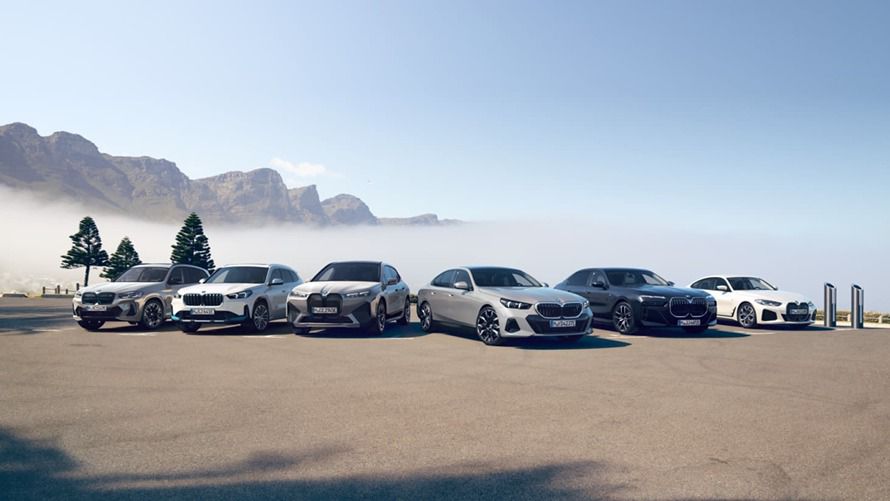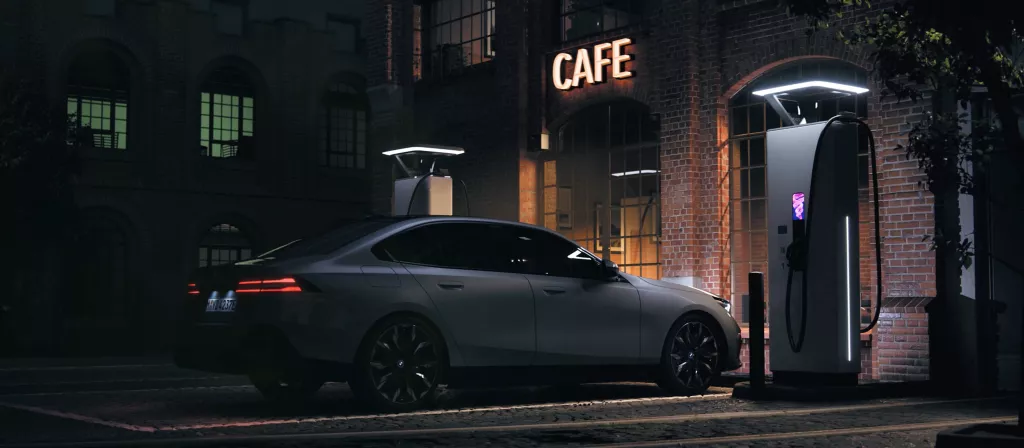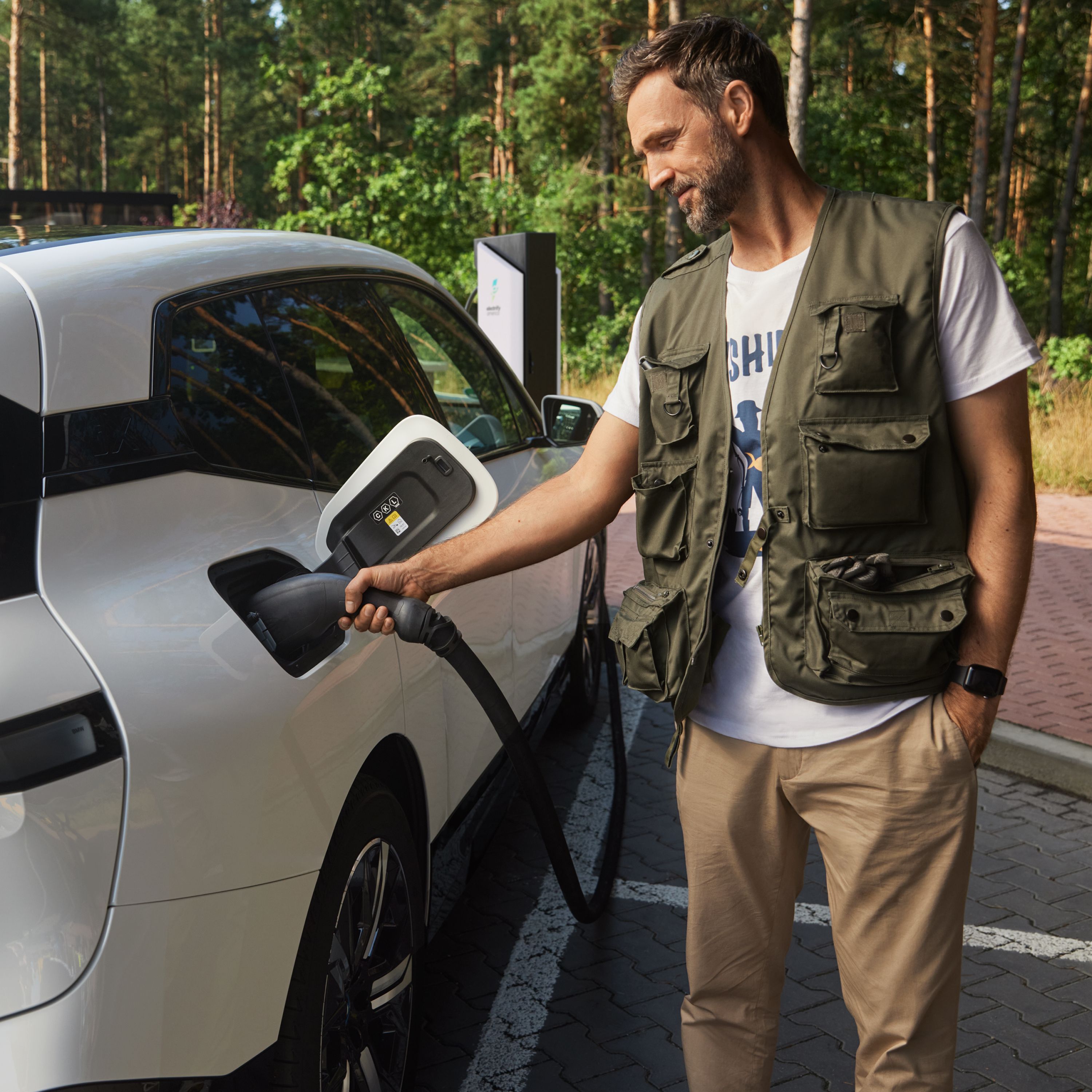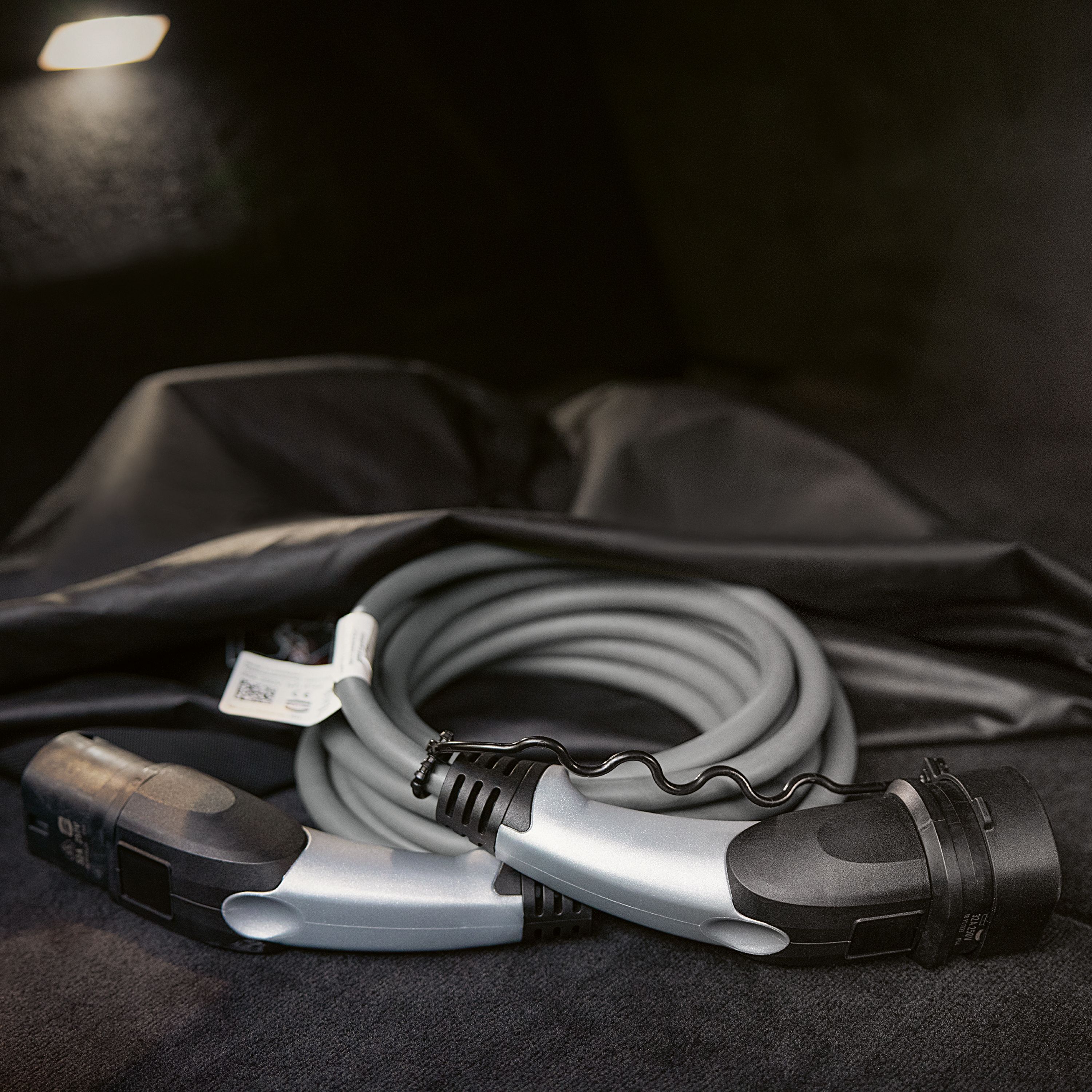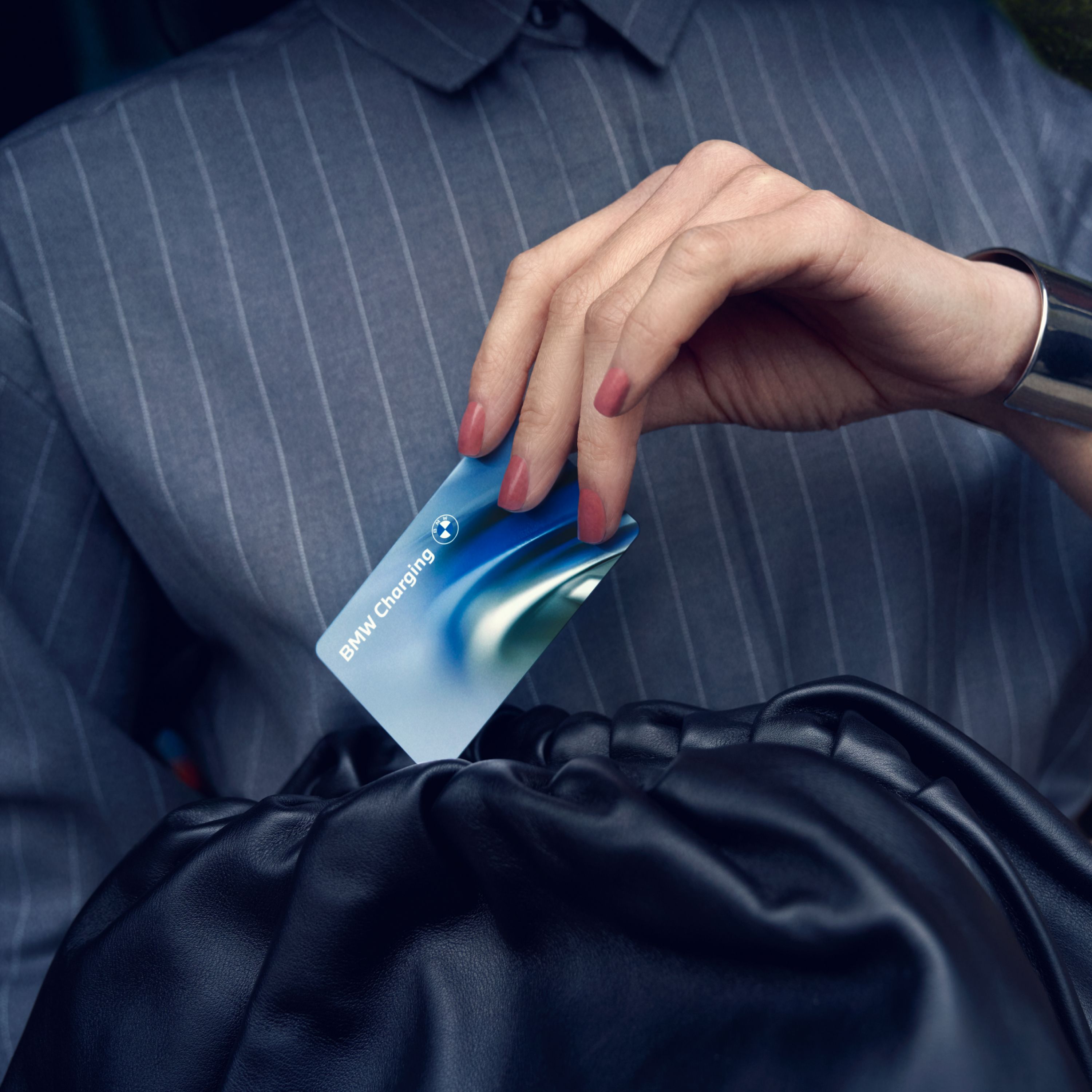BMW i4 eDrive40 Gran Coupé: Energy consumption, combined WLTP in kWh/100 km[1]: 18.6–15.4; Electric range, WLTP in km[2]: 590
THE BENEFITS OF CHARGING ON THE GO.

BE FLEXIBLE. USE PUBLIC CHARGING STATIONS.
Conveniently park and charge your car the next time you go into town. The public charging of electric cars and plug-in hybrids offers you total flexibility. On longer journeys or when travelling, charge your all-electric car ultra-fast at high-power charging stations. Charging cables and the BMW Charging Card for the public charging network are included when you purchase your BMW electric car or plug-in hybrid.
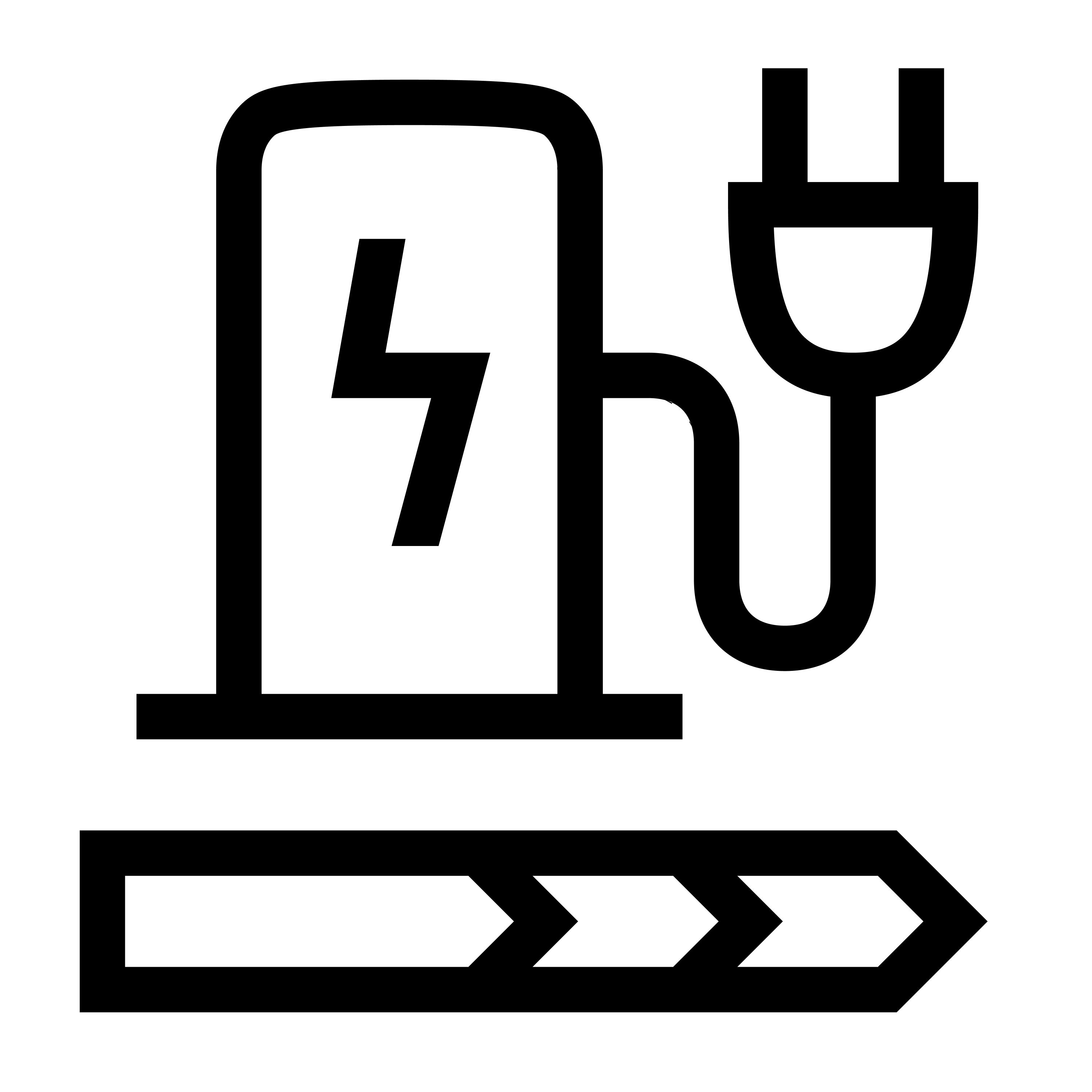
EXTENSIVE CHARGING INFRASTRUCTURE.
Make use of the Active tariff to charge at a transparent and attractive fixed price in one of New Zealand largest and continuously growing charging networks. In one of New Zealand largest charging networks, which is growing all the time. Public charging stations for your electric car close to you are easy to find on BMW Maps, in the My BMW app or in your vehicle. in the My BMW app or in your vehicle. Alternatively, plan your charge-optimised route, either conveniently via the My BMW app or directly in your vehicle.

CHARGE QUICK, AND ARRIVE FASTER.
Save valuable time with ultra-fast charging. On the go, at high-power charging stations, like the charging stations operated by our partner ChargeNet and very cost-effectively in the BMW Charging network. and very cost-effectively in the BMW Charging network. The charge-optimised route in your BMW electric car navigation lets you see charging stations in advance. This helps to shorten longer journeys, as you can charge plenty of range in a very short time.
CHARGING CARD AND CHARGING CABLE
CHARGING ACCESSORIES INCLUDED FOR YOUR ELECTRIC CAR.
CHARGING OPTIONS AND SERVICES AT A GLANCE
CHARGING MADE EASY.
FOR CUSTOMERS BY CUSTOMERS: ELECTROMOBILITY IN EVERYDAY LIFE.
"Where there are no parking spaces for combustion vehicles at all, I can just find a charging station."
Find out more about the advantages of public charging in the city center in the video. Whether exclusive parking spaces or the ability to organize errands around the charging process. Our customers report.





HOW TO POSITIVELY IMPACT THE SERVICE LIFE OF YOUR ELECTRIC CAR BATTERY.
Find out how the battery and electric motor of an electric car work. How you can positively influence the life of the high-voltage battery. And how quietly and powerfully an electric car accelerates and cleverly recovers energy when you brake.

THE COST OF AN ELECTRIC CAR.
What does it cost to charge an electric car? Save money with lower service costs and lower taxes. Are there subsidies or incentives for electric cars? Find out if an electric car makes sense for you.
Range Overview
ELECTRIC CAR PRICE COMPARISON.


BMW i4 eDrive40 Gran Coupé: Energy consumption, combined WLTP in kWh/100 km[1]: 18.6–15.4; Electric range, WLTP in km[2]: 590
BMW i7 xDrive60: Energy consumption, combined WLTP in kWh/100 km[1]: 19.6–19.2; Electric range, WLTP in km[2]: 589–602
BMW i4 M50 xDrive: Energy consumption, combined WLTP in kWh/100 km[1]: 22.5 - 18; Electric range, WLTP in km[2]: 415 - 520
BMW i5 M60 xDrive Sedan: Energy consumption, combined WLTP in kWh/100 km[1]: 20.5–18.2; Electric range, WLTP in km[2]: 457–516
{model.description}: Energy consumption, combined WLTP in kWh/100 km[1]: {techdata.electricConsumption}; Electric range, WLTP in km[2]: {techdata.electricRangeWltpCombined}
BMW iX2 eDrive20: Energy consumption, combined WLTP in kWh/100 km[1]: 16.9 - 15.3; Electric range, WLTP in km[2]: 439–478
{model.description}: Energy consumption, combined WLTP in kWh/100 km[1]: {techdata.electricConsumption}; Electric range, WLTP in km[2]: {techdata.electricRangeWltpCombined}
BMW iX1 eDrive20: Energy consumption, combined WLTP in kWh/100 km [1]: 17.2–15.4; Electric range, WLTP in km[2]: 430–474
BMW iX3: Energy consumption, combined WLTP in kWh/100 km[1]: 18.0-17.6; Electric range, WLTP in km[2]: 461-471
BMW iX M60: Energy consumption, combined WLTP in kWh/100 km[1]: 24.7-22 ; Electric range, WLTP in km[2]: 566–499
FREQUENTLY ASKED QUESTIONS.
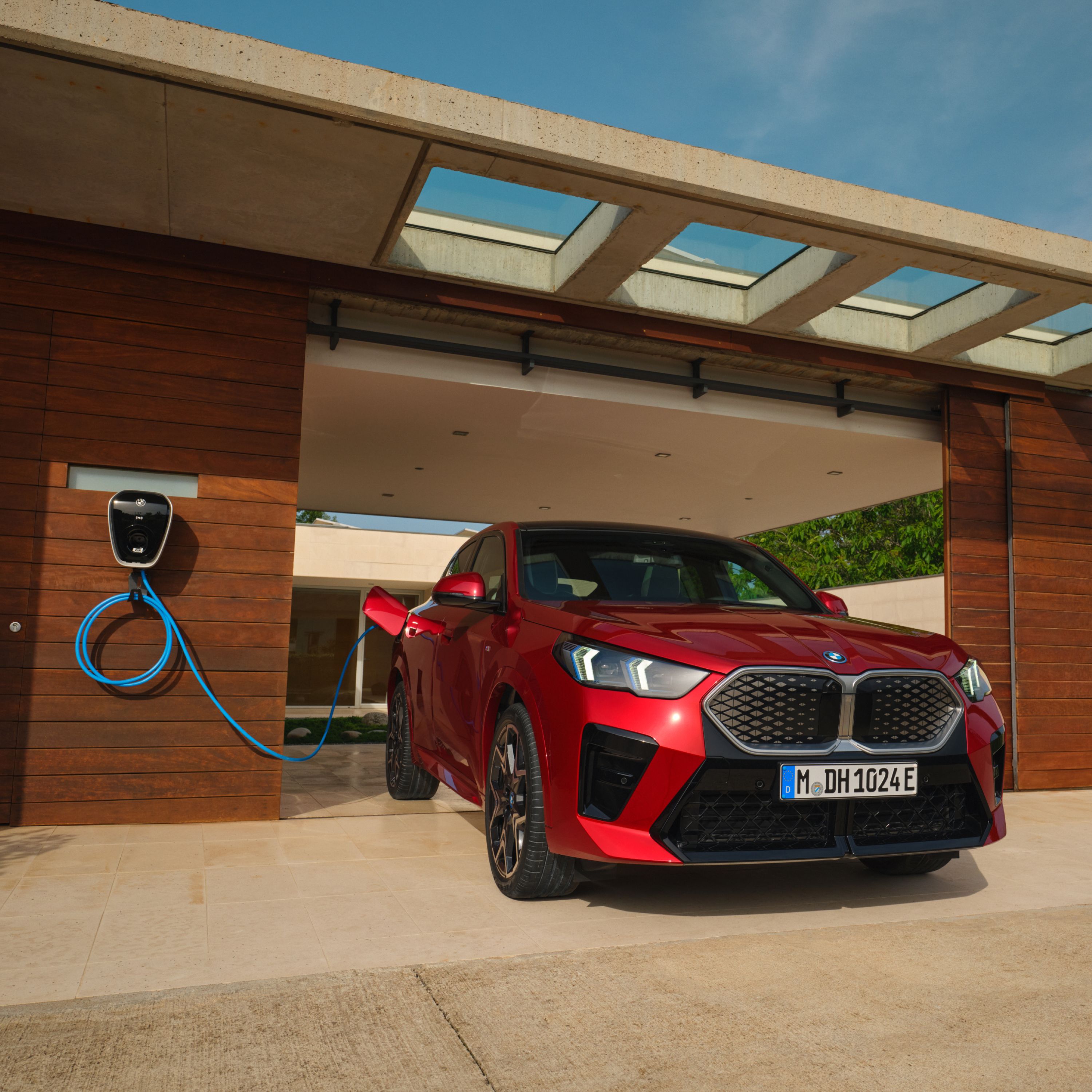
YOUR ALTERNATIVE: CHARGE AT HOME.
Charge your electric car or plug-in hybrid overnight or between trips. Start your day ready to go and conveniently adapt charging your electric BMW to your everyday life.
MORE INFORMATION.
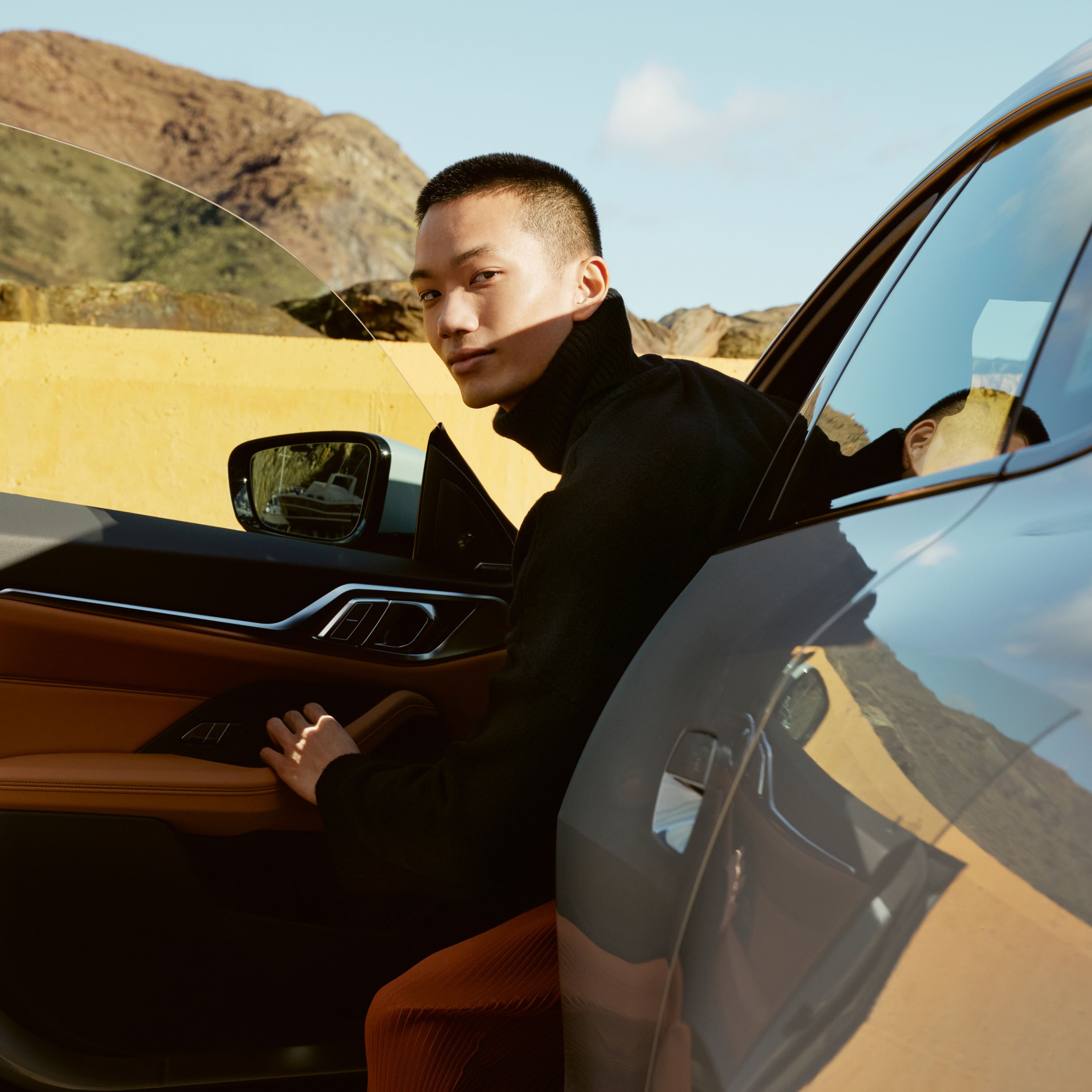
TEST DRIVE THE BMW MODEL OF YOUR CHOICE.
Would you like to experience for yourself how your ideal electric model drives and feels? Simply arrange an online appointment for a test drive when it suits you. Your local BMW partner will contact you with all the information you need.
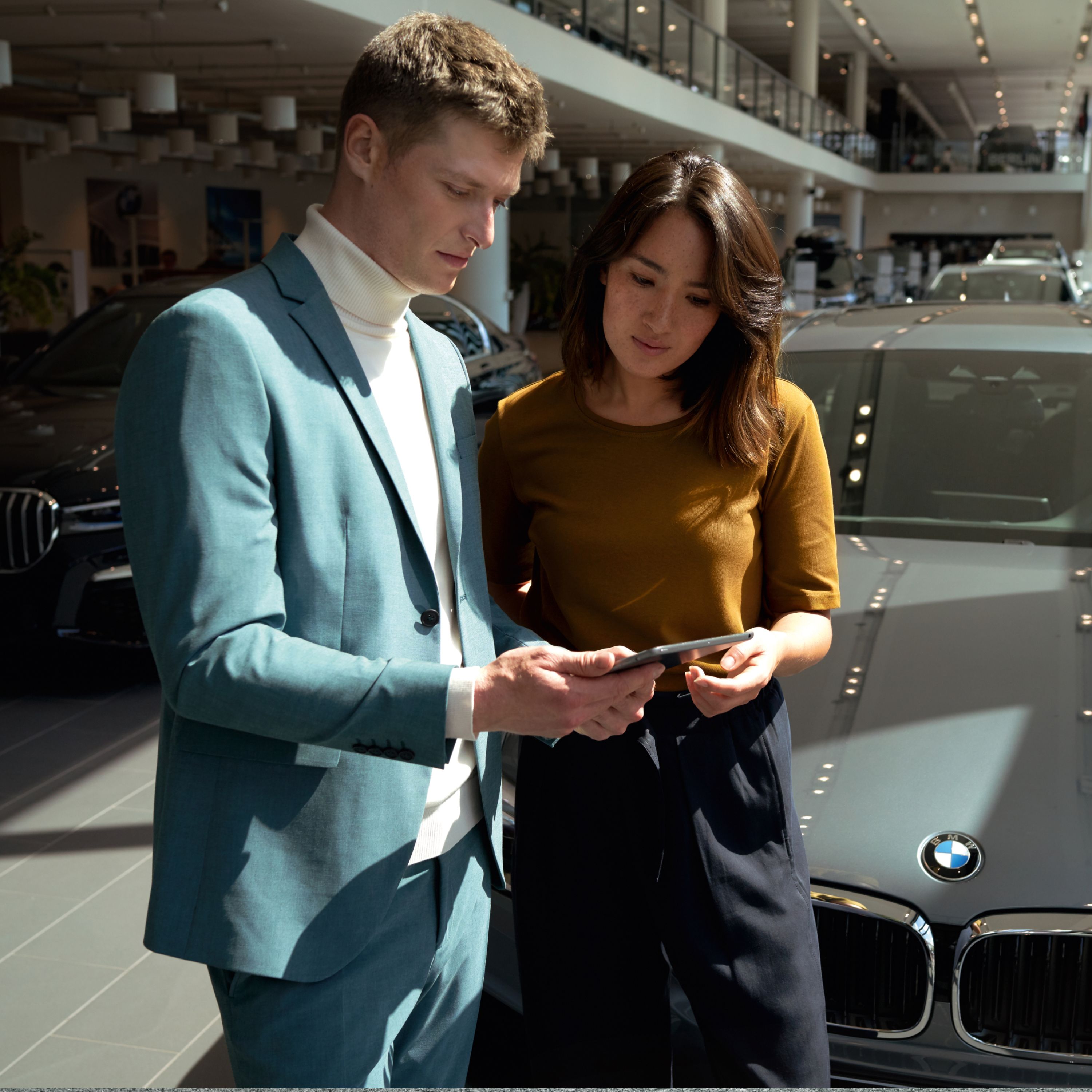
WOULD YOU LIKE A PERSONAL CONSULTATION?
Please contact your local BMW dealership with any questions or for more information or a quotation. Our professional BMW service personnel will be happy to advise you by phone or in person.

BMW CUSTOMER SUPPORT.
BMW Customer Support is on hand to help you with all BMW-related issues – so that you get answers to all your questions: whether you're an existing BMW driver or are planning to purchase a new BMW.
Consumption and CO2 emissions.
BMW i4 eDrive40 Gran Coupé: Energy consumption, combined WLTP in kWh/100 km[1]: 18.6–15.4; Electric range, WLTP in km[2]: 590
BMW i7 xDrive60: Energy consumption, combined WLTP in kWh/100 km[1]: 19.6–19.2; Electric range, WLTP in km[2]: 589–602
BMW i4 M50 xDrive: Energy consumption, combined WLTP in kWh/100 km[1]: 22.5 - 18; Electric range, WLTP in km[2]: 415 - 520
BMW i5 M60 xDrive Sedan: Energy consumption, combined WLTP in kWh/100 km[1]: 20.5–18.2; Electric range, WLTP in km[2]: 457–516
{model.description}: Energy consumption, combined WLTP in kWh/100 km[1]: {techdata.electricConsumption}; Electric range, WLTP in km[2]: {techdata.electricRangeWltpCombined}
BMW iX2 eDrive20: Energy consumption, combined WLTP in kWh/100 km[1]: 16.9 - 15.3; Electric range, WLTP in km[2]: 439–478
{model.description}: Energy consumption, combined WLTP in kWh/100 km[1]: {techdata.electricConsumption}; Electric range, WLTP in km[2]: {techdata.electricRangeWltpCombined}
BMW iX1 eDrive20: Energy consumption, combined WLTP in kWh/100 km [1]: 17.2–15.4; Electric range, WLTP in km[2]: 430–474
BMW iX3: Energy consumption, combined WLTP in kWh/100 km[1]: 18.0-17.6; Electric range, WLTP in km[2]: 461-471
BMW iX M60: Energy consumption, combined WLTP in kWh/100 km[1]: 24.7-22 ; Electric range, WLTP in km[2]: 566–499
The values of fuel consumptions, CO2 emissions and energy consumptions shown were determined according to the European Regulation (EC) 715/2007 in the version applicable at the time of type approval. The figures refer to a vehicle with basic configuration in Germany and the range shown considers optional equipment and the different size of wheels and tires available on the selected model.
The CO2 efficiency specifications are determined according to Directive 1999/94/EC and the European Regulation in its current version applicable. The values shown are based on the fuel consumption, CO2 values and energy consumptions according to the NEDC cycle for the classification.
When charging times are shown they can be affected by a number of factors such as type of charger, voltage supplied to the charger/car and type of current (AC or DC) supplied to the charger/car. The car also plays a role in charging times as it can be set by the driver to accept various different amperage and should preconditioning be used to heat or cool the vehicle while charging this will also affect the charging time.
The basis for the calculation of the charging times for 100 km range is the electric consumption of the vehicle based on the use of a high-Powered Charging station (HPC) or charging type and current as indicted in the literature above. The testing procedure measures are based on a 23 degrees Celsius battery start and ambient temperature with certification values excluding additional auxiliary consuming devices and systems within the vehicle such as seat heating, displays, air conditioning.
Individual consumption (fuel economy) may differ due to driving profile, vehicle load profile, auxiliary consumer usage, temperature, and ambient conditions. Consumption is based on WLTP or NEDC (whichever is indicated) best case conditions and is independently tested for BMW Group. If you are comparing this range with other models or brands make sure they are stating the same WLTP or NEDC testing regime. These results can be used to compare vehicles on a close to “like for like” basis but are unlikely to be achieved in real world conditions for reasons including temperature variation, driving conditions and the use of the auxiliary systems referred to above.
Information provided and images displayed on this site include overseas models and may show some features not available in New Zealand. Please contact an authorised BMW dealer for specific information on vehicles and features available in New Zealand. Product changes may have been made since production of this content.
[1] Official data for fuel consumption, CO2 emissions, power consumption and electric range was determined in accordance with the prescribed measuring procedure and corresponds to European Regulation (EC) 715/2007 in the applicable version. For ranges, data determined as per WLTP takes into account any optional equipment (available on the German market in this case). For vehicles that have been newly type approved since 1 January 2021, only the official data according to WLTP exists. In addition, NEDC values are deleted from the certificates of conformity as of 1 January 2023 by EC regulation 2022/195. For more information about NEDC and WLTP measuring procedures visit www.bmw.com/wltp
Further information about fuel consumption and official model-specific CO2 emissions of new passenger cars can be found in the "Guideline for fuel consumption, CO2 emissions and electric power consumption for new passenger cars", available free of charge at all points of sale, at the Deutsche Automobil Treuhand GmbH (DAT), Hellmuth-Hirth-Str. 1, 73760 Ostfildern-Scharnhausen, Germany, and under https://www.dat.de/co2/.
[2] Range depends on various factors, in particular: individual driving style, route characteristics, outside temperature, heating/air conditioning, pre-conditioning.
[3] The charging performance depends on the state of charge, ambient temperature, individual driving profile and use of auxiliary consumers. The ranges shown are based on the WLTP best case. The charging times apply to ambient temperatures of 23 degrees Celsius after a preceding drive and may differ depending on the usage behaviour.
[4] The My BMW app is compatible with all BMW cars from model year 2014 onwards. It needs ConnectedDrive Services equipment to be fitted, and use of a compatible smartphone. The availability and functions of the My BMW app are market-dependent.
[5] Market-specific offer valid for new vehicles from BMW branches and dealerships in Europe within the BMW Charging network.
